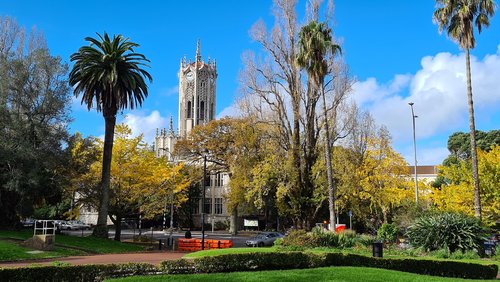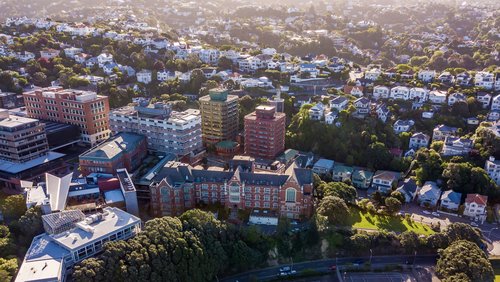27 May 2020
Advances in technology mean remote construction monitoring is becoming increasingly feasible. This article explores what good practice looks like when carrying out construction monitoring from afar.
Tools that can video stream and take high-resolution photos, such as drones and mobile cellular devices, have become more commonplace, making the ability to perform construction monitoring remotely more feasible.
Uptake by Building Consent Authorities
Jeff Fahrensohn's inspection team from Auckland Council has been trialling two different types of software and is happy with the results so far. Tauranga City Council has been watching Auckland’s progress and is also about to begin trials.
With these Building Consent Authorities leading the way, what does this mean for engineers who may not have access to the software systems that the councils employ? Mr Fahrensohn said one of the hurdles they had to overcome was getting to a comfort level where they were confident that any risk was mitigated. They did this by developing a robust training regime and methodology for inspectors using the tool. The Zyte video inspection tool requires an inspector to view the plans on a secondary screen while guiding the builder through the inspection on another. This allows inspectors to easily orientate themselves and guide the builder to specific areas to gather the required evidence to inform the inspector’s decision. During the video feed, the inspector takes photos to attach to their inspection records as evidence to support their decisions.
Inspections that are considered more critical, such as framing and finals, are still done in person by a building inspector.
A second remote inspection tool by BRANZ called Artisan is being used for builders who had a good track record of inspection compliance. This tool follows an inspection checklist with photos being taken to demonstrate compliance for each checklist line item. These are assessed by an inspector in the office after the checklist is submitted.
A design engineer’s perspective
Hamish McKenzie, President of the Structural Engineering Society, says that one of the determining factors is whether you can gather all the information required to fulfil your obligations as a design engineer with responsibilities for construction monitoring. He feels that if an inspection is a simple yes or no exercise, for example, “have the correct reinforcing chairs been installed under the mesh” then a virtual check could be made. However, for more complex inspections, then attending site in person could be a better solution.
Engineering New Zealand’s advice
We strongly suggest that design engineers let their Building Consent Authority know which inspections they intend to carry out remotely. These could be noted on the construction monitoring schedule. When looking to do an inspection remotely, the design engineer should ask, “If I was on-site, what would I check?” Then ask, “How can I check that adequately if I‘m not on-site?” Document what you want to look at, how you want to inspect it and communicate that to the builder on site.
It’s critical that robust procedures are developed for remote monitoring. When you sign a PS4, you are saying that you believe on reasonable grounds that building work complies with building consent and the building code. Insufficient evidence, for instance, photographs or videos that don’t show all the necessary elements, may not be enough to show you had reasonable grounds to be satisfied that the appropriate standards have been met – and this could leave you vulnerable to commercial liability or professional complaints.
When Auckland Council conduct remote inspections, they do so via video link. The video link assures them that they are looking at the correct building project on the right site. Auckland Council also has protocols in place for checking their inspectors are looking at the components they want to see. As a design engineer, you need to ask yourself how you can be sure that you’re looking at a photo of the right connection, and this is best supported by having a simultaneous video walkthrough of the site.
As observed in the Construction Monitoring Guideline on our website
“The primary responsibility for completing the contract works in accordance with the requirements of the plans and specifications is the constructor's.
The involvement of the consultants is important during the construction phase to ensure that;
- The design is being correctly interpreted,
- The construction techniques are appropriate and do not reduce the effectiveness of the design and
- The work is completed generally in accordance with the plans and specifications.”
It’s important that these obligations are met, whether conducting site inspections remotely or in person.




